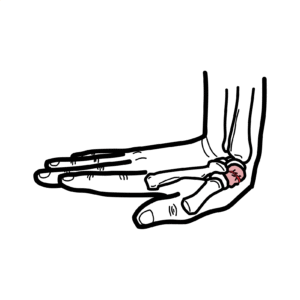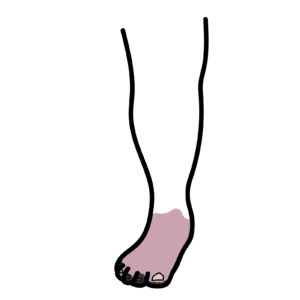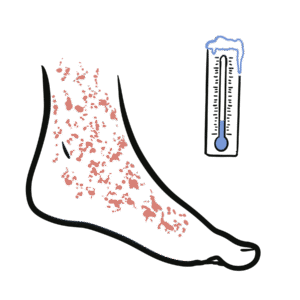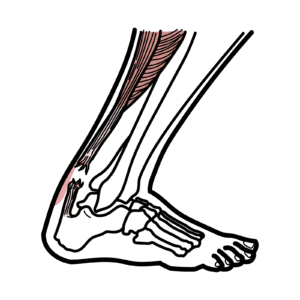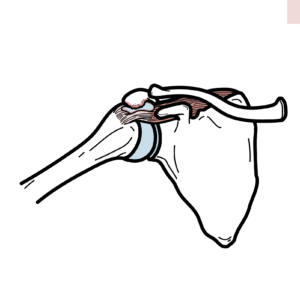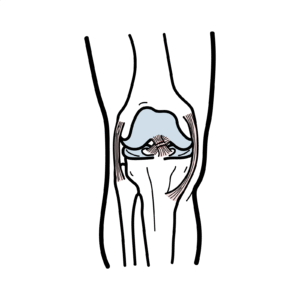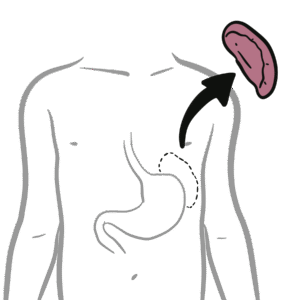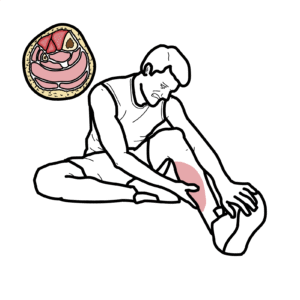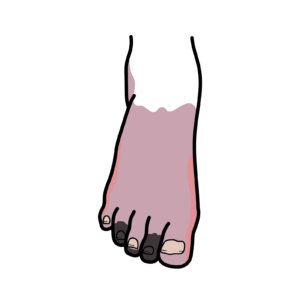Cell membrane – structure, components and transport
Discover how the cell membrane (plasma membrane) controls life at the microscopic level — selective permeability, signaling, and transport. This video explains the cell membrane’s structure and function, covering the phospholipid bilayer, cholesterol, integral and peripheral proteins, and glycoproteins that form the glycocalyx. Learn the fluid mosaic model and why membrane composition dictates fluidity, stability, and cell recognition.
You’ll understand essential transport mechanisms: passive transport (simple and facilitated diffusion), active transport (primary—ATP-driven pumps like the sodium-potassium pump—and secondary—co-transporters like the sodium-glucose transporter), plus vesicular transport (endocytosis, phagocytosis, pinocytosis, receptor-mediated uptake, and exocytosis). The video clarifies how these processes maintain homeostasis, enable nutrient uptake, waste removal, hormone and neurotransmitter release, and power cellular communication and immune responses.
Benefit from clear explanations of membrane roles in structural support, cytoskeleton attachment, cell adhesion, tissue formation, and organelle compartmentalization (nuclear envelope, ER, Golgi, mitochondria, lysosomes). Whether you’re a student preparing for exams, an educator seeking a concise refresher, or a curious learner exploring cell biology, this engaging primer demystifies membrane dynamics and practical applications in physiology and medicine.
Watch to master the core concepts of membrane composition and transport, reinforce your understanding with relatable examples, and see how membrane function underpins life’s vital processes. Don’t miss this essential guide to the plasma membrane—boost your biology knowledge and apply it to studies, teaching, or research.




